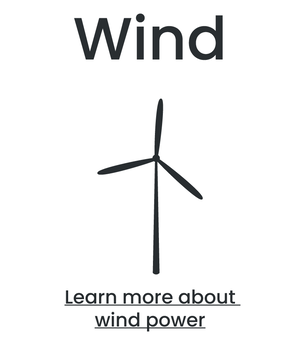
Frequently Asked Questions

Frequently Asked Questions
Frequently Asked Questions about Renewable Energy
+ Who is responsible for a renewable energy facility?
Eolus North America, Inc. offers full services throughout the life cycle of a renewable energy facility. We take care of the development, construction, and operation of the renewable energy facility. After construction, we offer comprehensive asset management services. Please contact ena-info@eolusvind.com for more information.
+ How can a solar or wind farm affect property value?
Renewable energy projects can increase land value through improvements deemed necessary during the construction of the solar or wind farm. For example, road improvements can substantially benefit agricultural operations by increasing accessibility to fields, creating a positive impact on property value. Additionally, land rights agreements are a reliable and stable long-term income source that can benefit long-time landowners for decades.
+ How are renewable energy facilities maintained?
The lifespan of a solar or wind farm can be upwards of 30 years, and the lifespan for battery storage is at this time usually 20 years, but with new technology, the lifespan could be extended by decades. Eolus offers a complete range of high-quality power plant management and support services once the utility-scale renewable energy system commences operation. Appropriate maintenance and support services are crucial in ensuring the longevity and efficient performance of the asset.
+ Does renewable energy support local communities?
Yes! Eolus has established programs benefitting and supporting the projects surrounding local communities. We strive to establish a financial commitment with local authorities having jurisdiction for the betterment of the surrounding community, which may include opportunities to help provide funding for new and existing community priorities, as defined by local improvement plans. These opportunities may include, but are not limited to, community recreation facilities and programs, community centers, the enhancement of parks and open spaces, and the improvement of multiple-use trail networks.
Eolus is dedicated to active involvement, collaboration and transparency with the communities located near our renewable energy facilities. This includes holding public workshops where we can share project updates and address any potential concerns. Renewable energy projects boost the local economy. The construction period creates hundreds of jobs locally and for operation and maintenance, our projects create locally sourced, permanent jobs.
+ What are the benefits of renewable energy?
Renewable energy is created from naturally replenishing sources, such as wind and sunlight. As long as the wind keeps blowing and the sun shining, energy can be harvested and used as electricity. The more renewable energy is used, the fewer fossil fuels are needed to generate electricity, resulting in less carbon dioxide and other greenhouse gas emissions, less pollution, and ultimately, a cleaner planet. In addition to its benefits to the environment, the costs of renewable energy are continuously decreasing , making it an ever affordable and competitive alternative to fossil fuels. The renewables sector boosts the economy and creates well-paying jobs. Additionally, renewable energy projects promote grid stability and keep energy rates stable. Renewable energy sources account for 50% of the additions to the global power capacity since 2012. The two fastest-growing renewable energy sources are solar and wind power.
+ Can the same land be used for renewable energy generation and agriculture?
Yes! one of the many benefits of leasing land for renewable energy projects is its simultaneous use for agriculture. Landowners benefit from earning revenue from land rights agreements while continuing their agricultural practice on the same land. Therefore, there is no trade-off between land leasing and agricultural practices. During operation, our wind energy projects leave 98% of the land undisturbed. Thus, land can be utilized for agriculture or farming while generating clean power. During operation, our solar energy projects create the perfect shadow for certain crops and accommodate grazing of small livestock such as sheep.





